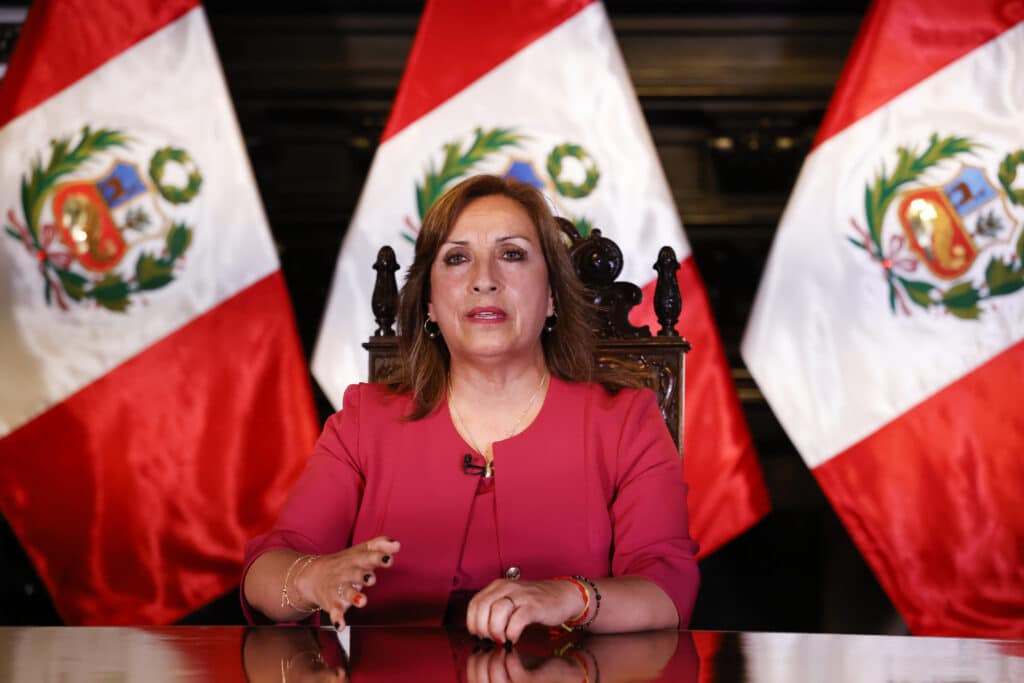The announcement comes days after powerful cyclone Yaku caused more than $300 million in infrastructure damage. Climate spending will be directed to the prevention and mitigation of El-Niño-related extreme weather events.
—
Peru will spend some $1.06 billion on a climate plan to mitigate the impacts of global warming and the El-Niño weather pattern, economy minister Alex Contreras announced on Thursday. Climate spending will focus on regions most at risk of weather disasters, such as coastal areas vulnerable to flooding, with disbursements set to begin in the coming weeks.
The spending plan comes weeks after heavy downpours and flooding caused by cyclone Yaku in the north of the country killed at least eight, affected nearly 50,000 people, and caused infrastructure damages worth more than $320 million.
With more than 3,000 kilometres of coastline and fragile ecosystems, Peru is considered one of the world’s most vulnerable countries to climate change-triggered extreme weather events, with the capital Lima classified as one of the cities most threatened by rising sea levels.
Between 2008 and 2021, natural disasters in Peru displaced nearly 700,000 people, with the number expected to rise in the coming decades as environmental hazards become more frequent and intense.
According to the National Institute of Civil Defense (INDECI), 60 people have died in Peru since the beginning of the rainy season, whose strength and duration will intensify from April as a result of El Niño, a climate pattern in the Pacific Ocean that affects weather. In 2017, the last time an El Niño event took place in the South American country, about 300,000 people were displaced.
At risk are also Peru’s glaciers, which are retreating at an unprecedented speed. So far, Peru is estimated to have lost more than 40% of them. Lake Palcacocha in the central Peruvian Andes has grown 34 times larger in only four decades, being fed by the melting waters of the Palcaraju ice sheet. According to UNESCO, glacier melting is expected to cause the forced migration of 28% of highlands’ inhabitants and threatened freshwater sources.
Featured image: Presidencia Perú/Flickr
You might also like: El Niño Will Push Global Temperatures ‘Off the Chart’ in 2023, Scientists Warn


















